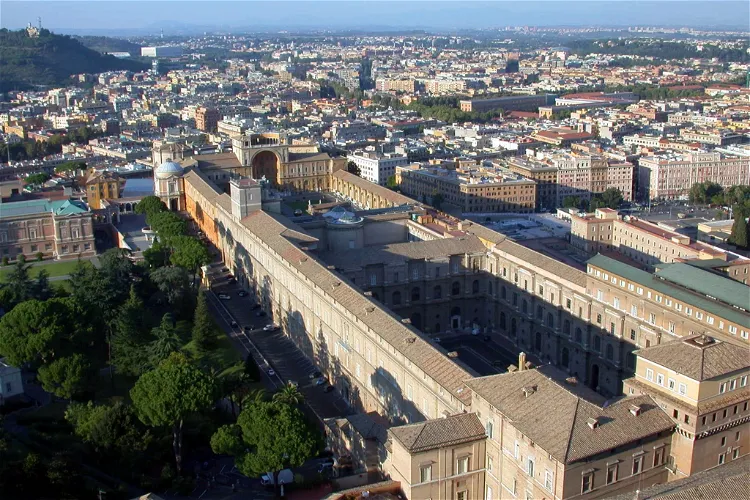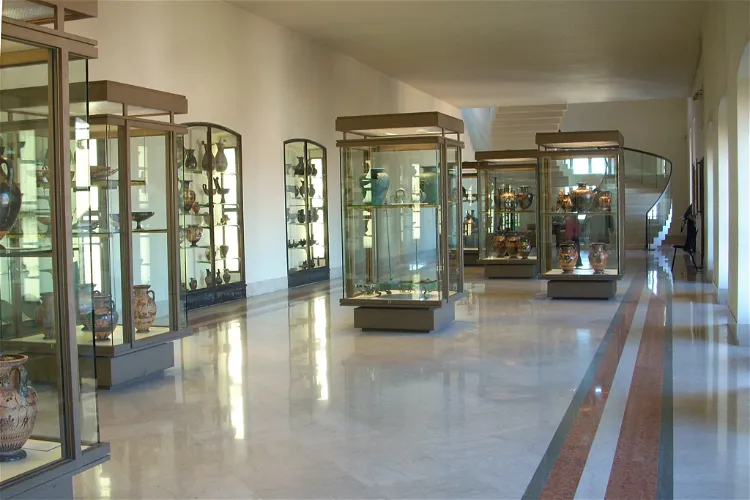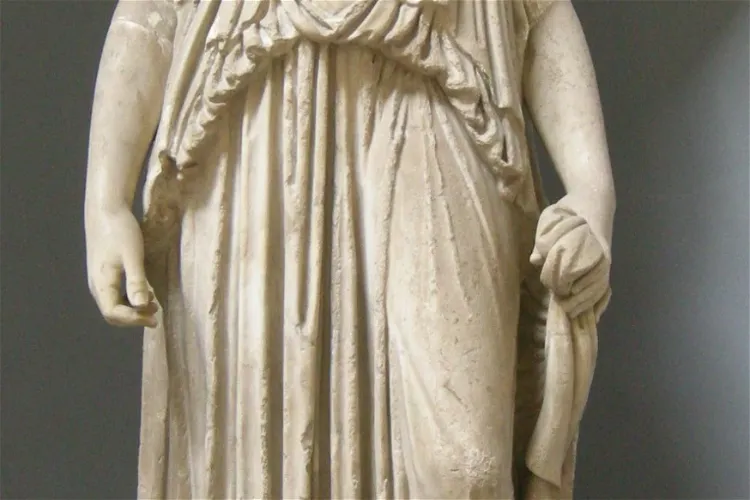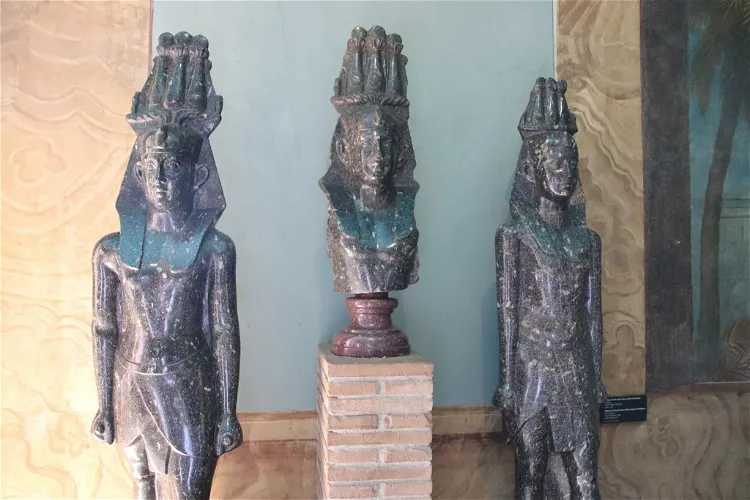Are you curious about ancient civilizations and archaeological finds? Here are the archaeology museums you must see in Vatican City:

Vatican Museums
Vatican CityThe Vatican Museums, situated in Vatican City, are recognized as some of the world's largest museums. They were constructed during the Renaissance period by the Roman Catholic Church and are renowned for housing a vast collection of significant sculptures. These museums offer a unique opportunity to explore the rich history and artistic heritage of the Catholic Church.
Gregorian Etruscan Museum
Vatican CityThe Gregorian Etruscan Museum, a part of the Vatican Museums, was established by Pope Gregory XVI in 1836. This historical establishment is a testament to the Pope's interest in preserving and showcasing the rich Etruscan heritage. The museum's foundation marked a significant step in the preservation of Etruscan artifacts and works of art that were being discovered during the early 19th century.
New Wing
Vatican CityThe Chiaramonti Museum, named after Pope Pius VII's family name, Chiaramonti, is a significant part of the Vatican Museums. It is strategically located in the gallery that connects the Belvedere Palace to the rest of the Vatican palaces. Founded in 1807, this museum is a testament to the rich history and culture of the Vatican.
Gregorian Egyptian Museum
Vatican CityThe Gregorian Egyptian Museum is a part of the Vatican Museums located in Vatican City. It is dedicated to the Vatican's collection of Egyptian artifacts. The museum houses a wide range of artifacts, from the pre-dynastic period to the Roman period, providing a comprehensive view of Egyptian history and culture.